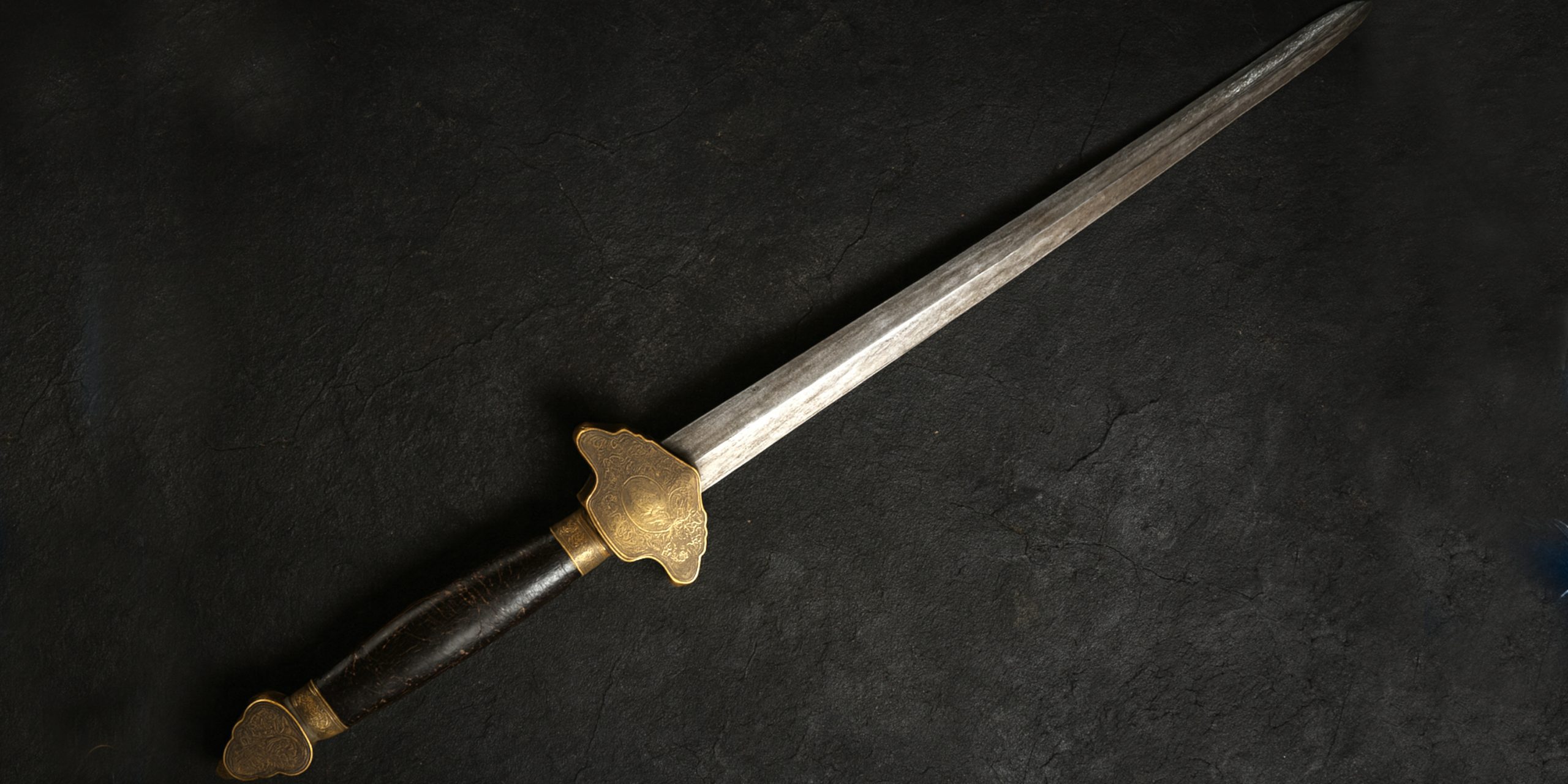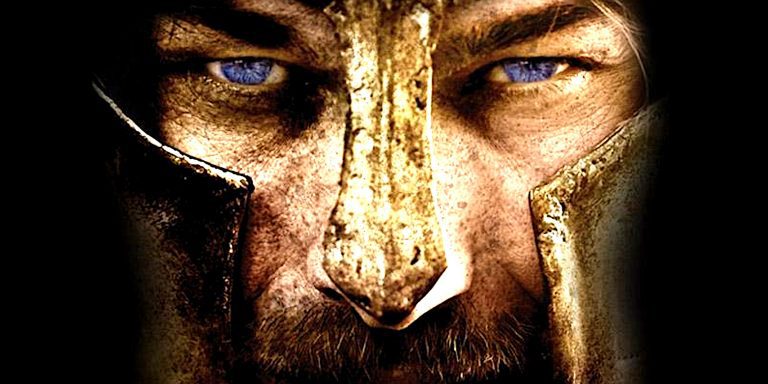
The Shuangshou Jian, also known as the “two-handed straight sword,” is one of the most distinctive weapons in the history of Chinese martial culture. Unlike the more common one-handed jian used by scholars, nobles, and soldiers, the Shuangshou Jian was a large battlefield weapon that demanded both hands for effective use. Its size and reach gave it formidable cutting and thrusting power, but it also required exceptional skill and strength to wield efficiently.
Specification
| Aspect | Detail |
|---|---|
| Weapon type | Two-handed straight sword (jian) |
| Origin | China |
| Primary use | Battlefield combat, martial training |
| Blade length | Typically 1.2 to 1.6 metres |
| Overall length | 1.5 to 2 metres |
| Weight | 2 to 4 kilograms (varied by forge) |
| Blade form | Double-edged, straight, tapered |
| Grip | Extended hilt for two-handed use, often wrapped in leather or cord |
| Guard | Simple crossguard or oval fittings |
| Material | High carbon steel blade with traditional Chinese forging techniques |
History and Evolution
- Origins: The Shuangshou Jian emerged during the late Song or early Ming period as a specialised battlefield weapon.
- Development: It was designed in response to the need for longer reach and stronger cutting ability against armoured opponents.
- Ming dynasty: Gained prominence as part of military training, sometimes described in martial manuals such as those by Qi Jiguang.
- Decline: As firearms became dominant, large two-handed swords fell out of favour, though they remained in ceremonial and martial arts contexts.
- Modern revival: The Shuangshou Jian is still studied within traditional Chinese martial arts schools and replicated for collectors.
Advantages and Disadvantages
Advantages
- Extended reach made it effective against polearms.
- Two-handed grip provided exceptional cutting power.
- Versatile thrusting and slicing capabilities.
- Intimidating presence on the battlefield.
Disadvantages
- Heavy and cumbersome for prolonged use.
- Required significant training and physical strength.
- Ineffective in close quarters where shorter weapons had the advantage.
- Obsolete with the rise of firearms and massed pike formations.
Comparison with Similar Weapons
| Weapon | Similarities | Differences |
|---|---|---|
| European Zweihänder | Both were two-handed straight swords with great reach | Zweihänder was often larger, with parrying hooks; Shuangshou Jian retained classical jian form |
| Japanese Nodachi/Odachi | Both were long battlefield swords requiring two hands | Nodachi had a curved single-edged blade; Shuangshou Jian was double-edged and straight |
| Chinese Dao (two-handed versions) | Similar weight and reach in some forms | Dao usually had a single edge and was designed for heavier cuts |
| Polearms (qiang, halberds) | Shared the advantage of long reach | Polearms generally cheaper and more practical for mass troops |
Legacy
- Martial arts: Still practised in traditional sword forms and demonstrations, particularly in Wushu schools.
- Symbolism: Seen as a weapon of mastery, requiring discipline and strength.
- Cultural preservation: Modern replicas are made for collectors, museums, and martial artists.
- Influence: Inspired interest in large sword typologies across cultures and comparisons with European and Japanese equivalents.
Where to See
- Beijing Capital Museum: Hosts a small number of surviving Shuangshou Jian examples.
- Nanjing Museum: Displays Ming dynasty martial weaponry, including long swords.
- Private collections: Authentic examples are extremely rare and mostly in private hands.
- Martial arts schools: Modern reproductions are widely used in training and performance.
Collectors Guide and Auction Prices
Original Shuangshou Jian are rare due to their size, fragility over centuries, and limited battlefield use. Most surviving examples date from the Ming dynasty, though later ceremonial or training pieces exist.
Collector notes
- Authenticity is critical, as many reproductions circulate.
- Provenance from museums or well-documented estates adds significant value.
- Condition, blade integrity, and fittings affect price.
- Decorative or ceremonial pieces may command high value even if not combat-ready.
Auction Price Range (recent examples)
- Ming dynasty training or ceremonial pieces: £10,000 to £25,000
- Well-preserved battlefield blades: £30,000 to £60,000
- Modern high-quality reproductions: £300 to £2,000
The Seven Swords Takeaway
The Shuangshou Jian stands as one of the most fascinating weapons in Chinese history. It was both a practical battlefield tool and a symbol of martial strength. Though largely obsolete by the end of the Ming dynasty, its memory endures through martial arts practice, historical research, and the rare surviving examples that command great respect among collectors.

